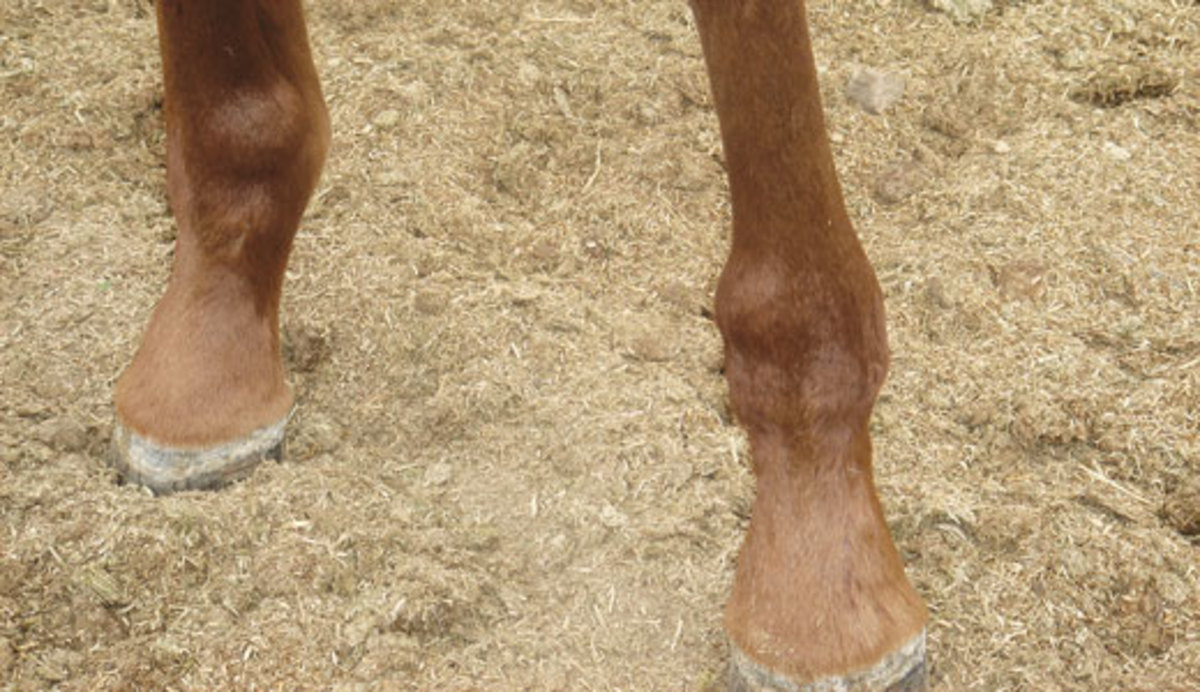
Foals can suffer from a variety of problems involving the skeletal system during the first year of life. The different problems tend to show up at different stages chronologically during this time.
The first of these problems one sees in foals occurs from birth to the first month or so of life. A common problem seen in the first days of life is contracted flexor tendons of the distal limbs. The foal can’t extend the feet so that there is any weight bearing on the heel. This malady often responds to the antibiotic tetracycline given intravenously.
This treatment may seem paradoxical, but the tetracycline relieves the spasm of the flexor muscles and a dramatic response can be seen in a few hours. The second of the common early orthopedic problems is a joint infection. The foal becomes acutely lame and the affected joint becomes swollen with excess fluid. This condition is somewhat of an emergency, because the infection can seriously damage joint cartilage within 24 hours. Treatment consists of systemic antibiotics and lavaging (flushing) the affected joint.
The next set of problems is seen at a few months to a year of age. Epiphysitis is an inflammation of the growth plate of the long bones. It is most commonly seen above the fetlock joints of all four legs. It seems to be the result of weight overloading on the soft, spongy bone of the growth plates.
OCD, osteochondritis dissecans, is another malady seen at this time. This condition results from an osteochondral (bone and cartilage) fragment breaking off in the joint, causing inflammation and joint distention. Chronically contracted flexor tendons in the front legs can also come on at this stage.
I have not discussed treatment of these later occurring developmental orthopedic problems because I feel it’s beyond the scope of this column. Suffice it to say there are treatment options ranging from surgical intervention to rest and time, depending on the individual case. I would like to comment on what I feel is a common background to the incidence of these problems. In my observation, one sees more of these problems in foals that are genetically programmed to grow fast and are fed high-energy/high protein diets to promote that growth.
The economics of the horse industry encourage “pushing” these youngsters to maximum early development. If one is showing in halter competition or fitting them toward a weanling or yearling sale, you’re increasing the risk of some of these problems.










